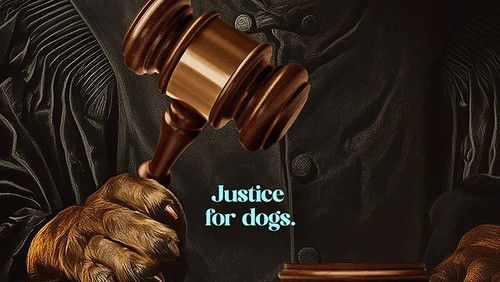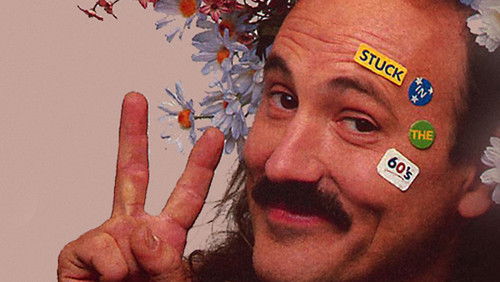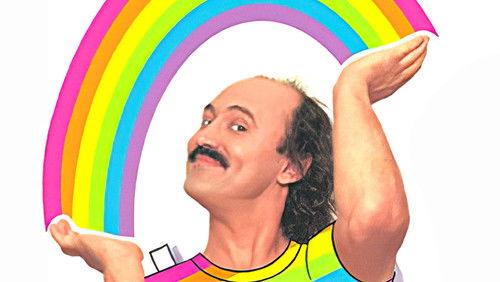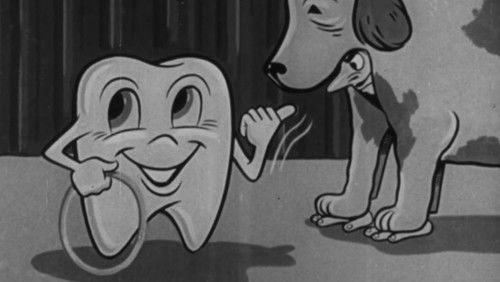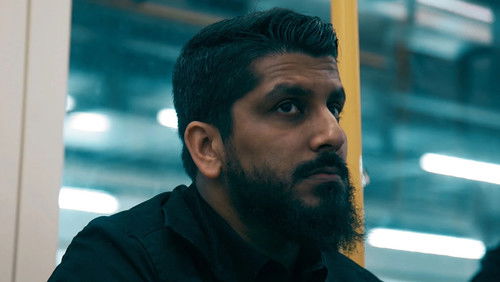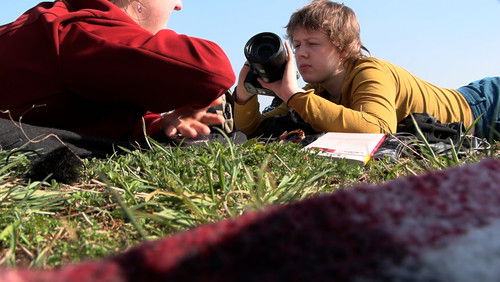El Valley Centro (1999)
32KEl Valley Centro: Directed by James Benning. Employing natural sound and contemplative proscenium shots, Benning skillfully composes a series of pure and majestic images that at once evoke a sense of nostalgic splendor as well as deliver a subtle, yet penetrating, political commentary. Benning tells the story of how water irrigates this valley and how the produce is carted away in boxcars for the nation’s consumption. He shows the lifestyle of a modest and growing rural community, whose concerns are often drowned out by the powerful railroads, oil companies and insurance conglomerates which own the farms and ranches and benefit from undocumented immigrant labor while insisting on imprisoning an American population of color.
“Part of Benningu0026#39;s u0026quot;California Trilogyu0026quot;, this is the film of his Iu0026#39;ve enjoyed the most of the 6 Iu0026#39;ve seen to date (Although I also really liked u0026quot;American Dreams: Lost and Found).u003cbr/u003eu003cbr/u003eBenning examines Californiau0026#39;s Central Valley in a series of long, static and mostly beautifully composed images, often using a symmetrical frame that echos the way people have shaped the land. He brings out the oddness of the area Iu0026#39;ve always felt – thereu0026#39;s barely an inch of the region that hasnu0026#39;t been re-shaped by man, and yet it is largely devoid of people, being mostly vast agricultural tracts. u003cbr/u003eu003cbr/u003eThereu0026#39;s a clear, ominous note of how man is destroying the environment around him, whether in the crop duster flying straight at the camera, or the local fishermen, whose lines go into filthy looking water going through a concrete channel. u003cbr/u003eu003cbr/u003eFor an hour and a half film composed of nothing but long, wordless images, I was shocked at how quickly the time passed, and how, by the end, I felt I had experienced something emotional as well as intellectual.”



